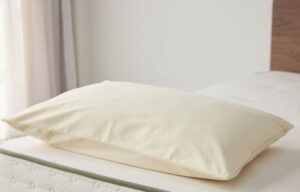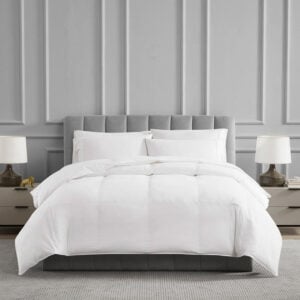Many people around the world suffer from sleep-related disorders. One of the most common sleep disorders is Obstructive Sleep Apnea (or simply sleep apnea) that affects at least one in fifteen people. While hundreds of people suffer from this condition, less than twenty percent get a proper diagnosis or treatment. When sleep apnea remains undiagnosed, it keeps getting worse and can also turn fatal sometimes.
Sleep is the body’s way of healing and rejuvenating from the day’s physical and mental activities, and lack of sleep because of disorders can affect the quality of everyday life. People who suffer from sleep disorders often feel lethargic and disoriented throughout the day and have trouble focusing on work or other activities. When this continues for an extended period, the person may be affected by high-stress levels and daytime sleepiness. Sleep apnea is a major reason behind all these conditions.
What is Obstructive Sleep Apnea?
There are several types of sleep apnea, but Obstructive Sleep Apnea is the most common. In this condition, breathing stops and starts periodically when the person sleeps. This happens when the throat muscles relax and block the passage of airway, making it difficult to breathe. The most important symptom of Obstructive Sleep Apnea (OSA) is snoring. More often than not, all snorers suffer from OSA but are rarely ever diagnosed.
Causes and Symptoms of Obstructive Sleep Apnea
The biggest cause of sleep apnea is the blockage of the airway by the relaxing throat muscles. When these muscles relax, the passage of air is narrowed, resulting in impaired breathing. When this lasts for more than ten seconds, the oxygen in the blood starts to lower, and carbon dioxide starts to increase. The brain has a way of correcting the breathing by waking the person up for a brief moment. The person usually doesn’t remember this episode.
When this cycle repeats itself for several times every hour throughout the night, it prevents the person from getting the desired amount of sleep and causes excessive daytime sleepiness. Lack of concentration, tiredness, and lower levels of energy are some of the repercussions of sleep apnea. The sufferer often doesn’t remember the impaired sleep nor realize the problem.
There are several symptoms that may hint at obstructive sleep apnea. Some of these are:
Loud snoring: Most often, snoring that is loud enough to wake others up is caused by some kind of sleep apnea. Loud snoring should always be diagnosed and treated by a doctor to get to the root of the problem.
Daytime sleepiness: While daytime sleepiness can be caused by a lot of other reasons, if it continues for an extended period it may be because of obstructive sleep apnea and lack of nighttime sleep.
Waking up abruptly with a dry throat is another sign of snoring caused by sleep apnea.
Nighttime sweating and lack of concentration during the day are also symptoms that may be associated with obstructive sleep apnea. Morning headaches may be present along with these symptoms.
Mood swings, depression, and irritability can result from lack of proper nighttime sleep caused by obstructive sleep apnea.
Who Is At Risk for Sleep Apnea?
Obstructive sleep apnea can affect anybody, but certain people are at a higher risk. They are:
Overweight or obese people: Most people who suffer from obstructive sleep apnea are overweight or obese. When fat deposits around the airway, it blocks breathing and impairs sleep. This does not mean being thin reduces the risk. Anyone with any kind of weight may be affected by this condition.
People with a narrow airway: Whether you have a naturally narrow airway or have enlarged adenoids or tonsils, this could be a serious factor contributing to the problem. Surgery is usually required to correct this condition.
People with hypertension: High blood pressure causes a rise in diastolic and systolic pressure, contributing to sleep apnea, snoring, and impaired breathing.
Smokers: Those who smoke are at a higher risk of obstructive sleep apnea because smoking causes fluid retention in the air passage and causes impaired breathing.
Treatment of Obstructive Sleep Apnea
Depending on the severity of the condition, treatments for obstructive sleep apnea include:
Continuous positive airway pressure (CPAP): This is known to be the most effective treatment for obstructive sleep apnea. CPAP requires wearing a pressurized mask over the mouth and nose while sleeping, to help keep the airway unblocked by forcing air through it. Although it takes a little effort to get used to the mask, it is a very useful treatment.
Oral Mouthpieces: There is dental equipment fitted to the mouth for correcting the tongue, jaw, and soft palate position for clearing the airway.
Surgery: The process of uvulopalatopharyngoplasty is used to minimize the symptoms of obstructive sleep apnea. This surgery removes tissue out of the airway but has side effects like pain and bleeding.
Laser surgery: This is a simple process to shorten the soft palate with the aid of a laser beam.
Obstructive sleep apnea is a treatable condition if diagnosed properly. If you have any of the above symptoms, and suspect that you might be at risk, consult your doctor for proper treatment and diagnosis to get to the root of the problem.

















